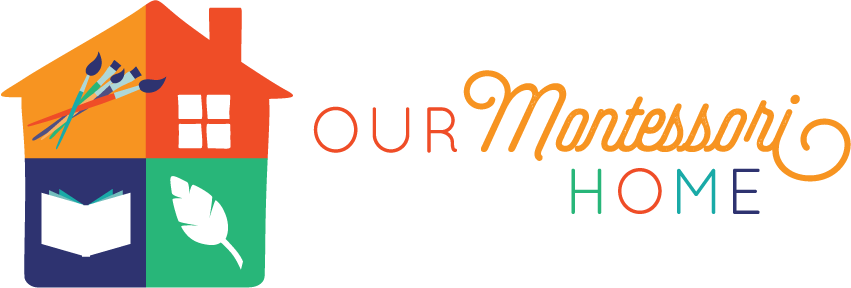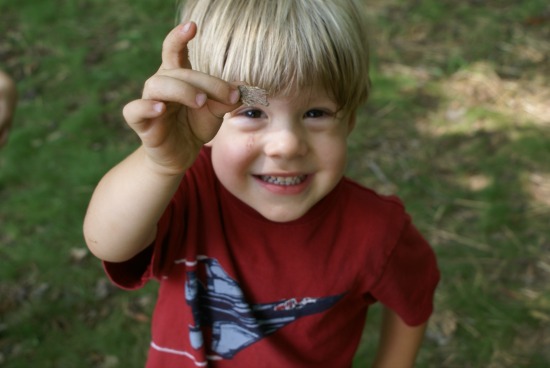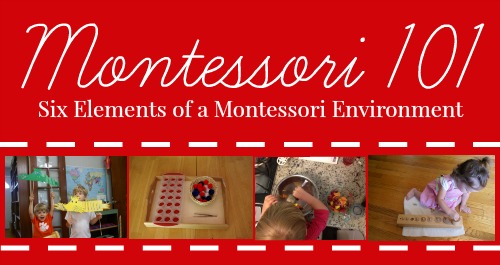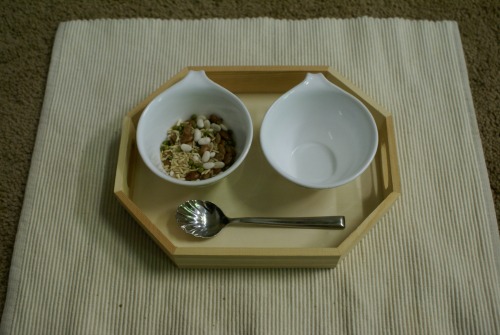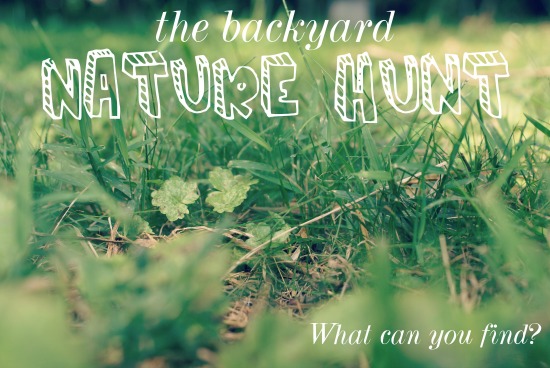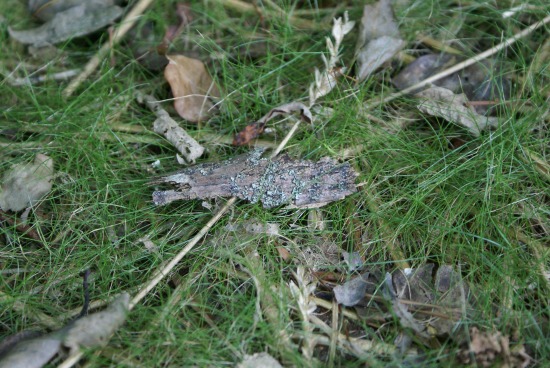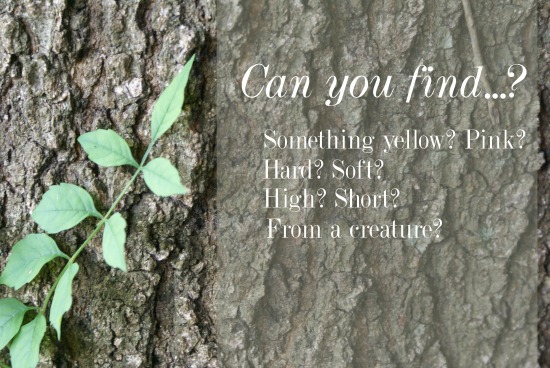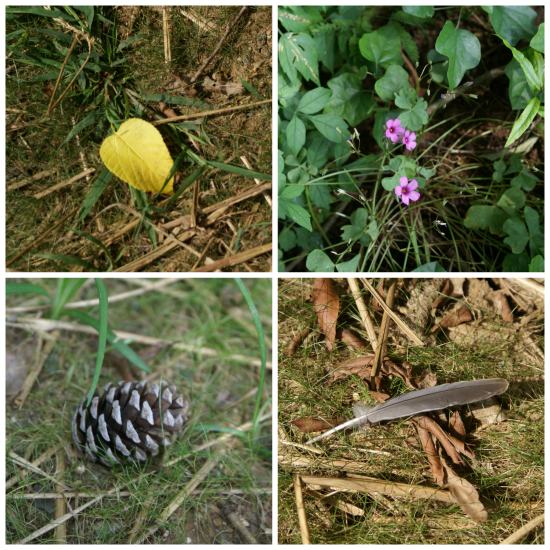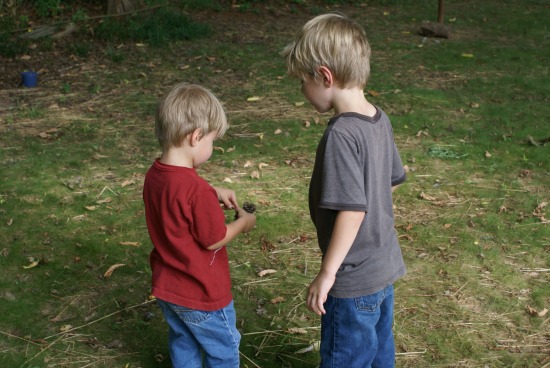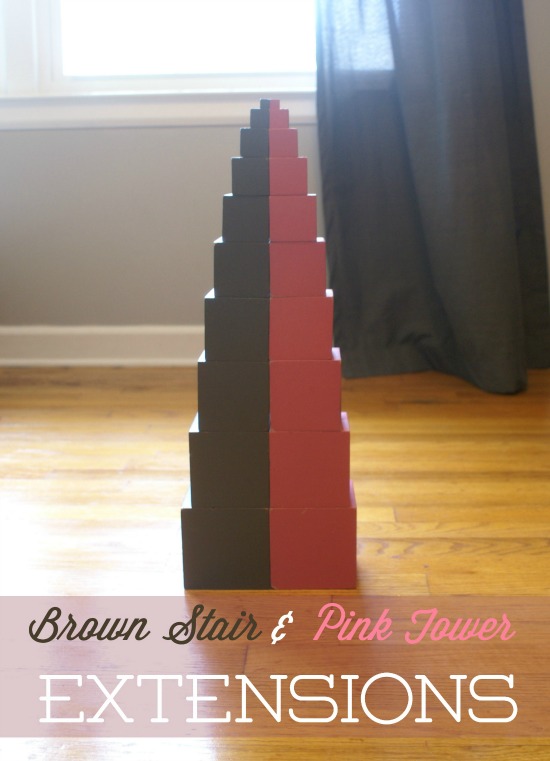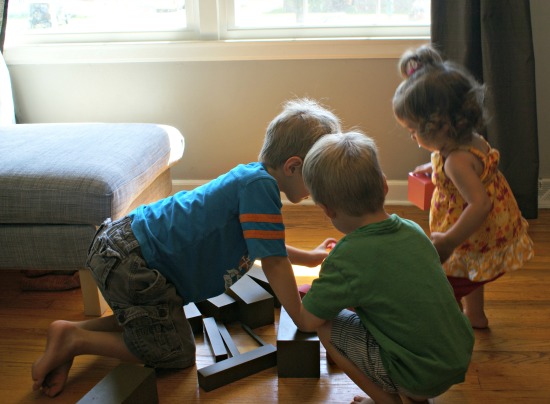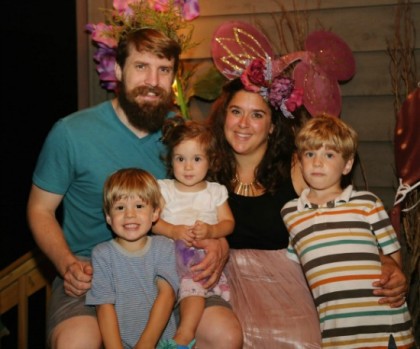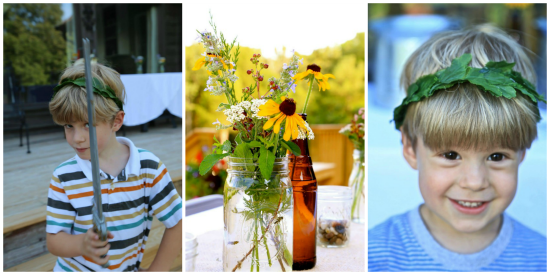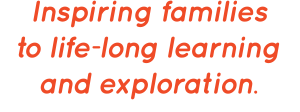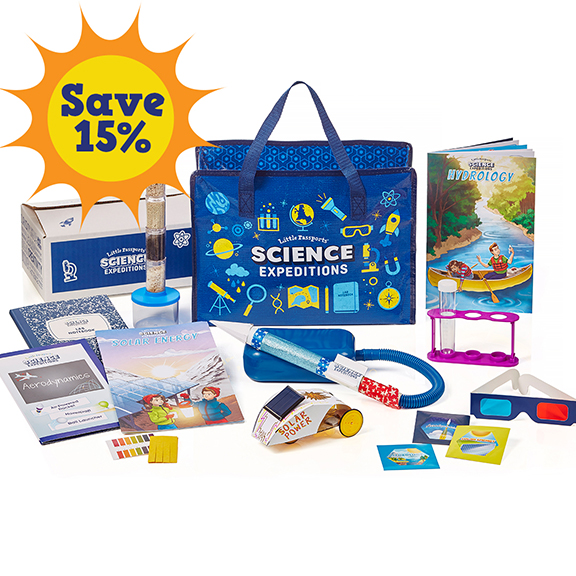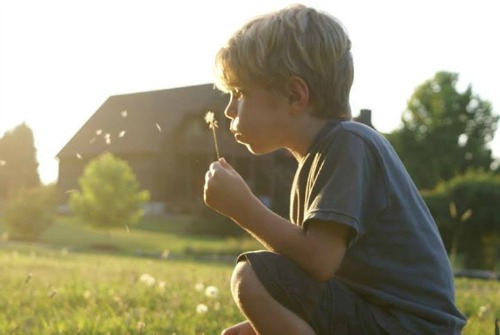 Our summer is beginning to wind down and I’ve been thinking more and more about school. I’m not quite ready to say goodbye to summer. (But I am ready to quick packing the pool bag. Amen?)
Our summer is beginning to wind down and I’ve been thinking more and more about school. I’m not quite ready to say goodbye to summer. (But I am ready to quick packing the pool bag. Amen?)
We’ve been following the Montessori philosophy and incorporating it into our lifestyle and education for nearly 6 years, since my oldest was a baby. This year we’ll be exploring new territory.
Otto will be starting his first “official” year of the Montessori primary scope and sequence at home. He’s followed the sequence off and on, as materials and activities have held his attention, but this will be the first year to make a concerted effort to be diligent in presenting lessons and giving more opportunities for him to work with the materials.
Olivia will have plenty of opportunity to follow her brothers with age-appropriate activities. She’s an avid pourer and already quite efficient at the knobbed cylinders. I don’t think it’ll be too hard to catch her interest. She’s another little explorer.
The big one. Joey will be going to a public Montessori school. Our district has schools of choice that focus on different areas (the arts, languages/world culture, Montessori) and since we’re not zoned for the Montessori school we had to apply to get in. The opportunity has been there in the past, but it hadn’t felt like the right time or choice for our family at the time. When the application process came around at the beginning of the year, we decided to apply.
We figured if he gets in we could make the decision and if he doesn’t we’d continue homeschooling. We went back and forth with whether or not it was the right decision, but knew once the application process closed it would no longer be an option. We toured the school, met teachers and students, and asked a lot of questions. In the end, we decided to give it a try.
The biggest struggle we’ve had with Montessori homeschooling is the lack of community. If Joey is the only one his age, the only child pursuing work it’s hard for him to motivated to continue, assist others, or see what other children are doing and desire the same. The communal aspect of the traditional Montessori classroom was a big consideration. The second was materials. They’re beautiful and hugely useful for the student, we just don’t have the space or money to buy all the materials in the sequence. In a classroom, he’ll have access to all of these. It’ll be an adjustment for us all—from the drive to school, packing a lunch, and a day away from home, but I think it’ll be good for him.
Curriculum: Scope & Sequence
In Montessori, we call our curriculum the scope and sequence. It’s a sequence of skill sets broken into the elements of that skill set increasing in complexity and depth across the various areas of study (practical life, sensorial, math, language, history, culture, geography). That makes it sounds much more complicated than it actually is!
The scope and sequence is a master list of all the activities in the Montessori classroom by subject. For example, the math scope and sequence begins with Numeration as the skill set and the sequence within numeration follows number rods (red & blue rods), sandpaper numerals, association from rods to numerals, association from numerals to rods, spindle boxes, and cards & counters.
Each sequence helps the child to first see, hold, touch, feel—understand—the quantity associated with a numeral in various forms. This is the beauty of Montessori. Instead of just handing a child a piece of paper with the numbers 1 – 10 written on it and telling the child, “One is one, two means two, etc” the child can see 1 before he or she sees the symbol (the numeral) for 1. They’re moving from concrete to abstract, reinforcing Montessori’s belief that what the child touched with his hand the brain remembered.
Like always, we’ll follow the scope and sequence for math, language, practical life, and sensorial adding a bit of culture, geography, and history along the way.
Theme Units
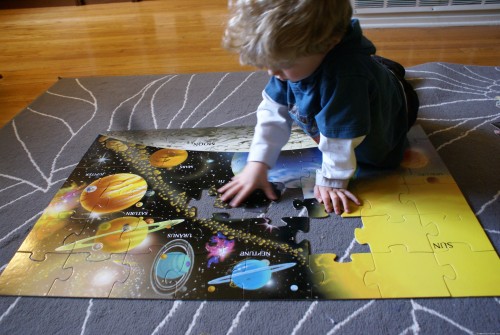 This year we’ll be revisiting a few theme units from the past, when Otto was much too young to remember. Dinosaurs, The Solar System, the Ocean, and Transportation. I’m planning a few mini-theme units like Johnny Appleseed & His Apples, Thanksgiving, Christmas, Me on the Map, and Valentine’s Day. Our first unit for the year will be All About Me with a small introduction to personal timelines.
This year we’ll be revisiting a few theme units from the past, when Otto was much too young to remember. Dinosaurs, The Solar System, the Ocean, and Transportation. I’m planning a few mini-theme units like Johnny Appleseed & His Apples, Thanksgiving, Christmas, Me on the Map, and Valentine’s Day. Our first unit for the year will be All About Me with a small introduction to personal timelines.
Nature Study
A new addition to our learning at home will be a larger focus on nature study. I haven’t figured out what exactly this will look like, but I envision more nature walks and perhaps even start nature journals and reading related to our findings.
What are your plans for the school year?
*
